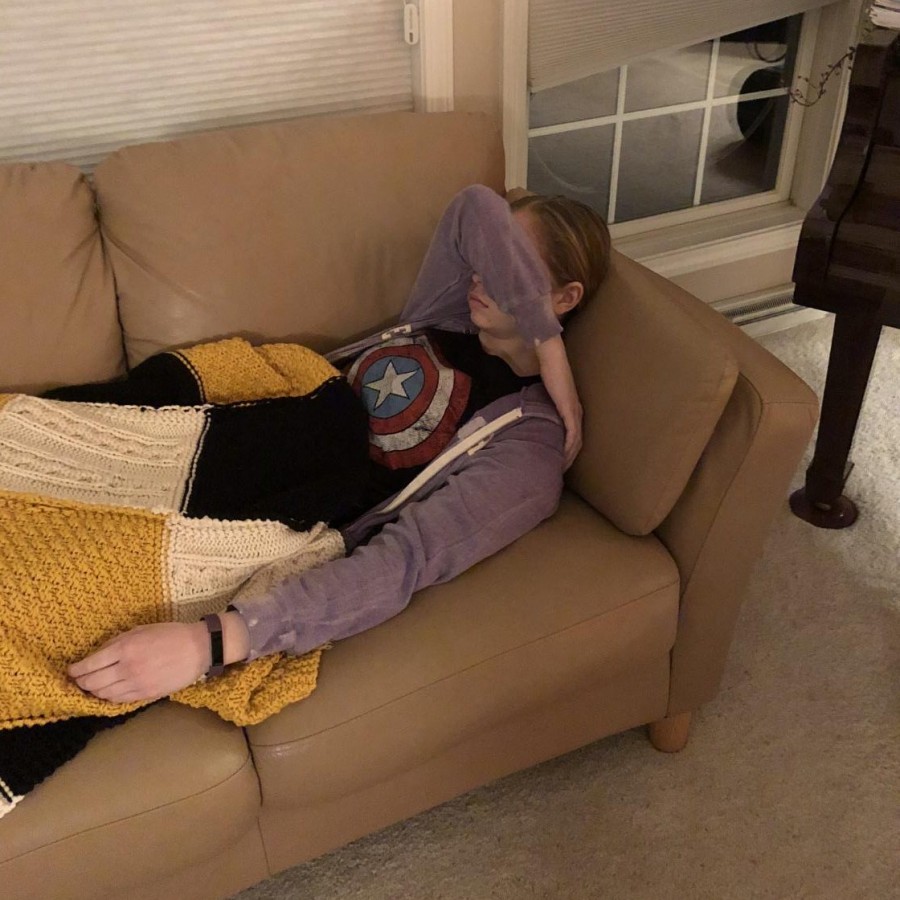With spring break around the corner and the end of the year approaching, procrastination begins to take over. All students have had the urges to watch Netflix — a poll by PV Publications revealed that 63% of students put off their schoolwork until the night before it is due. Here are a few tips to help combat procrastination and avoid all-nighters.
- Make A To Do List
Most students feel overwhelmed by the amount of work they have to complete which encourages procrastination. Sometimes it feels as if the amount of work is impossible to be completed on time, so it is ignored. Making a to do list, whether it’s on a scratch sheet of paper or in a planner, is the first step in overcoming procrastination. Once the work is laid out in an organized fashion, it seems a lot more manageable.
Another tip is to have this to do list handy at all times. For students who use a computer to get the majority of their work done, use a sticky note and place it on the screen. This encourages productivity and makes sure everything is done. Plus, think about how satisfying it is to check something off of the list. To do lists can be used daily, weekly, or hourly for students. If one has a particularly busy schedule, planning out the day with a series of to do lists may be the best choice. Senior Haley Germain shared “I love making to do lists because I think it gives me a sense of accomplishment to physically check something off on paper.” Both making the list and sticking to it is key to becoming more productive.
- Find a productive study space
After making a to do list, the next step is to find the perfect study space. Although snuggling up under the covers seems nice, for some students, this method results in falling asleep and waking up with a blank Word document haunting them. Local coffee shops such as Coffee Hound or Dunn Brothers are also attractive to most students but end up becoming the perfect place to procrastinate if friends are there to chat. Sometimes sitting in one of the single rooms at the library is best, even if it doesn’t seem the most enjoyable.
- Just do it
After finding a suitable study space, the next step is the hardest: starting. Thinking about everything that needs to be done can take away hours of productive time. Find a comfortable space, get all of the supplies (including a to do list), leave all distractions out of arm’s reach, and get to work. A few recommendations include using colorful pens to take notes, listening to music, and sipping on a delicious beverage.
- Take breaks
MIT recommends one hour study sessions which involve 50 minutes of study with a 10 minute break but like most things, the length of study time versus break time is different for everyone. Some students can only focus for 20-30 minutes and then need to take a break. The moral of the story is: everyone needs to take breaks whether one thinks he or she needs to or not. Breaks should be used to have a quick snack and stretch. Getting up, stretching, and having a healthy snack will help clear the mind and reduce the stress of studying. Studying on an empty stomach makes it much more difficult for students to focus and process information.
The most important thing about this tip is to make sure study breaks are short and sweet. Yes, that YouTube video may only be 7 minutes long, but face it: most students do not have the self-control to stop at just one. Use breaks to celebrate progress and recharge.
Studying is difficult for most students, but it does not have to be. Making a to do list, finding the best space, getting to work, and taking breaks will drastically reduce stress and leave more time for other activities.









